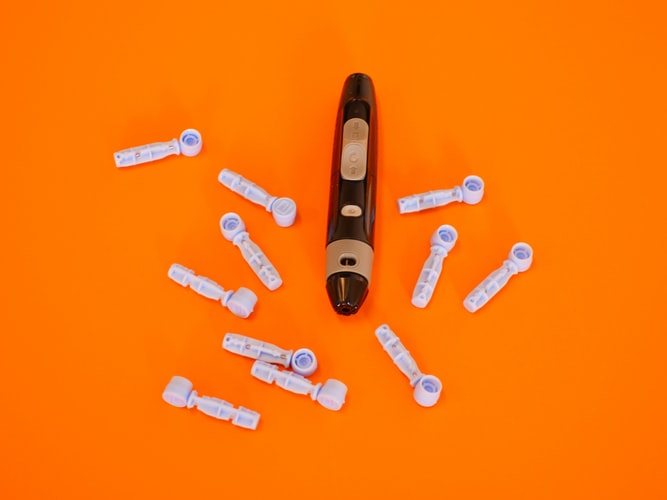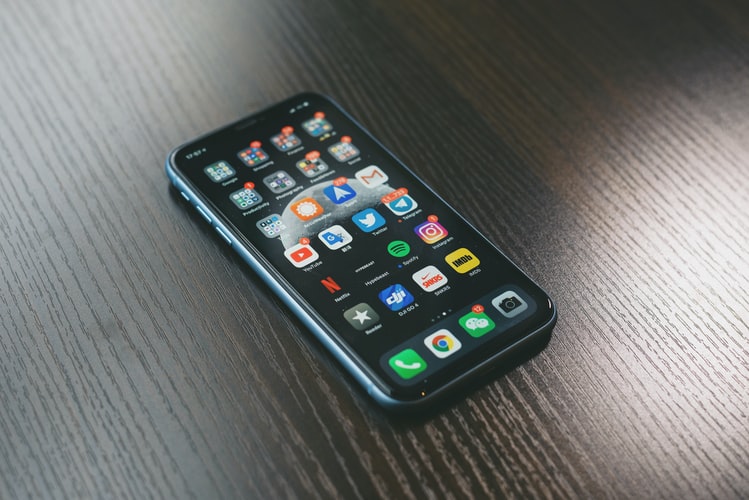In recent research, we explored the creation of a Web-based application for promoting healthy lifestyle with a focus on RCT and its application analysis using an R/values model. The application was developed as a concept-guided, technology supported lifestyle-changing program incorporating elements noted in several studies as most important for promoting healthy lifestyle changes. The program was applied to a sample of adults with low socioeconomic status (low income, low socioeconomic status), and found to have reasonable health impact. The application promoted healthy diet and active life styles as key contributors to the improvement of health. The key elements identified for promotion of healthy lifestyle were dietary habits, physical activity, self-monitoring of health, and the role of diet and food groups.

The goal of the application was to promote a healthier diet and a more active lifestyle by driving improved nutrition knowledge and improving dietary practices. In addition, the application encourages greater self-awareness of current health status and willingness to make changes in daily eating habits and physical activity. Health promotion messages in electronic health reports are typically written as guides or “tips” about what food to eat and how much to eat. The application includes a shopping list of healthy foods as well as a nutritional guide and recommends healthier food choices for dieters and those trying to lose weight. Most importantly, it discourages overindulgence in food or alcohol.

Features Of The Program
The program utilizes two types of waves for promoting healthy behaviors and changing health: a therapy wave for health promotion education and a practice wave for engaging health behaviors. The first wave, health promotion education, encourages participants to acquire knowledge about disease prevention, symptoms, causes and treatment, with the ultimate goal of promoting healthy behaviors. This information is presented in a personal way to help the program participant make healthy behaviors. It may include self-monitoring tools for tracking progress toward healthy behaviors and discussing goals with peers or a health coach. This part of the program is focused on reaching the entire population.
The second wave promotes healthy behaviors by encouraging participants to engage in physical activity daily. Physical activity has been shown to reduce the risk for diabetes, stroke and heart attack. The Physical Activity Waiver Form (PWA) included in the e-book provides an outline of how health professionals can support a patient with diabetes with daily physical activity. Participants are encouraged to go to their doctor regularly, but encouraged to participate in at least one physical activity per day, such as walking or running. Participants who complete the waiver form also receive a certificate of completion that helps them to participate in a group in the future.

How Is Diabetes Education Managed?
Diabetes educators also use online channels to support patients with diabetes prevention. Juntos podemos is the Spanish word for “wheelchair.” The program’s online juntaero program, Juntos Podemos de la Sociedad de Diabetics (JPDS), was created to promote healthy lifestyle among diabetics through a community portal that connects them with information and resources.
Diabetes education is crucial for everyone, especially those with diabetes, in order to manage this disease and prevent complications. Diabetes educators should ensure that the diabetes educational materials they provide are age appropriate for the target audience. The materials should include basic education about diabetes, including the disease, diagnosis and treatment. These materials should also include tips and tricks for living a healthy lifestyle, such as the importance of eating right and getting regular exercise. All these materials should be consistent with the JPDS mission, which is “promoting health, educating, and preventing disease.”

